3 causes of ERP supply chain management failure
Supply chains can fail for any number of reasons. Many, such as a supplier that suddenly goes out of business are often beyond the control of management. However, there are some causes of supply chain failure, such as poor ERP supply chain processes, where the blame lies squarely at the feet of senior management.
1. Viewing ERP as the answer to cost-cutting pressures
When supply chain management is focused solely on finding the lowest-cost supplier, significant risks arise. If the low-cost supplier delivers poor-quality products, a business can compensate by increasing quality controls, or they may accept a decline in product quality. However, relying too heavily on ERP systems as a safeguard in these scenarios can be problematic.
Many businesses have come to rely on ERP as their supply chain safety net. In the case of low-cost suppliers, many use their ERP quality control modules or CRM to accommodate the risk involved. This reliance often places undue pressure on the ERP system and its users, increasing the likelihood of supply chain management failure. ERP SCM modules are valuable, but they must be used alongside common sense and the other tools in our toolbox.
2. Automating supply chain processes without failsafes
Both supply and demand can be severely impacted when ERP supply chain management processes are automated without essential fail-safe controls in place. If a poor forecast drives demand and orders are placed with suppliers without forecast verification, the result can be a surplus or deficit in inventory.
For instance, inaccurate demand forecasting within an ERP system can lead to overstocking or stockouts, causing significant disruptions in the supply chain.
Recommended Reading: seven steps to distribution ERP selection success
When a purchase order is placed and conditions change during the lead time, similar inventory problems can occur. Automated ERP processes are designed to bring lower overall costs and improved control. However, without regular audits and validations, these processes can become a liability rather than an asset. Ensuring these automated processes are regularly audited for accuracy and reliability is crucial for avoiding ERP-driven supply chain failures.
3. Over-estimating efficiency gains
Outsourcing production is often a good method of improving efficiencies—we should stick to our core competencies, after all. This can mean asking our suppliers to deliver assembled components instead of several components we previously assembled in-house. We may also outsource fulfillment, leaving the final assembly decision—such as choosing between a pink or green cover for a product—to our third-party distribution center.
However, these efficiency gains are often overestimated, particularly when using ERP systems to project improvements.
We might expect efficiency gains to offset the costs of outsourced operations. But what happens when we use ERP to predict a 30% gain in efficiency and decide to lay off 30% of our labor force? We save money, and our stock price goes up. But when we realize we should have only laid off 25%, and we are already late on the next orders, with some of the 5% already employed elsewhere, the importance of accurate efficiency forecasting becomes apparent.
Over-reliance on ERP efficiency projections can lead to disastrous decisions, impacting not only the supply chain but also overall business performance.
Conclusion: Managing ERP Supply Chain risks
Our supply chain is a critical process, and we must manage it well using our ERP systems. Effective ERP supply chain management involves not just automation and efficiency but also continuous monitoring, adjustments, and fail-safes to prevent systemic failures. Good management can lift our business above the competition. Pay attention to the details and constantly seek ERP supply chain management improvements.
Free white paper
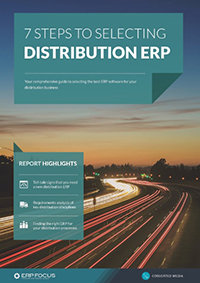
7 steps to selecting distribution ERP
Get expert advice on distribution ERP selection and requirements analysis
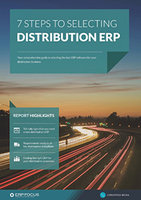
Featured white papers
-
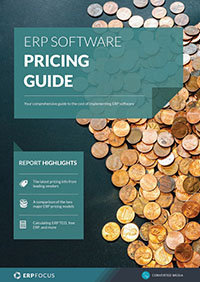
ERP Software Pricing Guide
Get the latest pricing information on over 80 popular ERP systems, and learn how to budget for your ERP project in our free guide
Download -
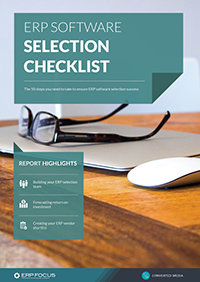
60-Step ERP Selection Checklist
Get the comprehensive checklist for your ERP selection project
Download -
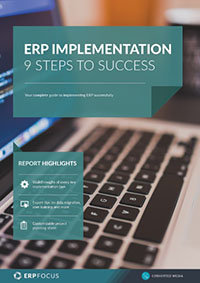
ERP Implementation: 9 steps to success
The 9 proven steps you should follow when implementing ERP
Download
Related articles
-

ERP Automation Tips for Your Supply Chain
Learn about the stages in your company’s supply chain which can be optimized through ERP automation.
-

CMMC Compliance: What Aerospace and Defense Manufacturers Need to Know
Key insights on CMMC compliance, deadlines, and securing DoD contracts with CMMC 2.0 certificatio...
-

How to Track Your Supply Chain with ERP
Find out how you can use supply chain ERP to effectively monitor the upstream and downstream supp...

